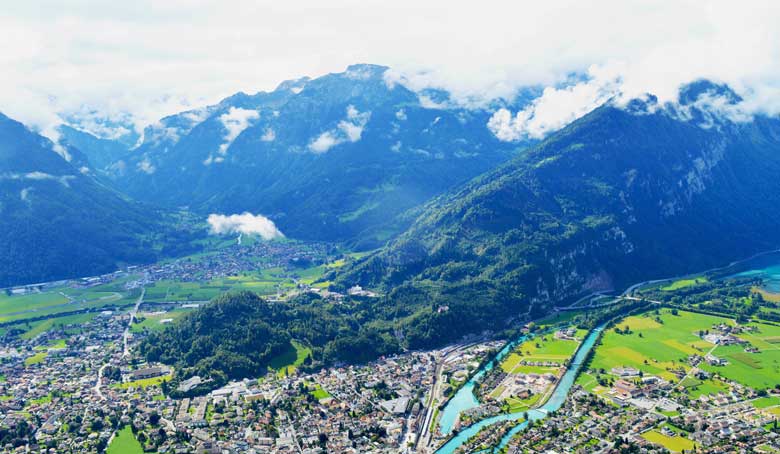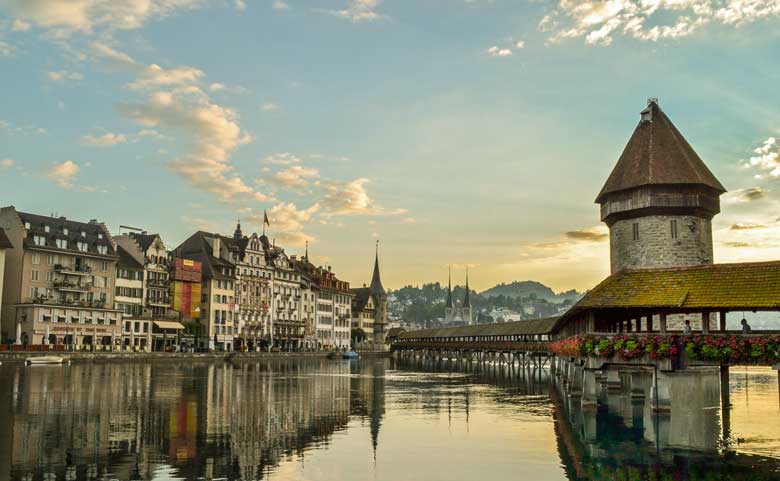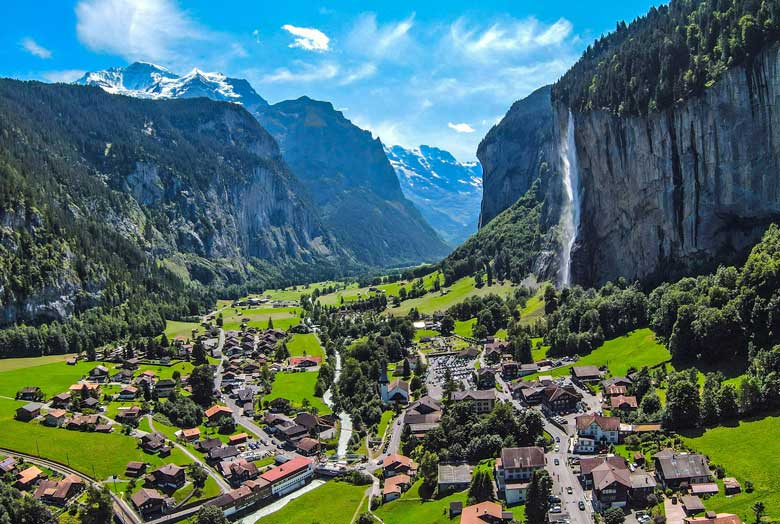If this is your first visit to Switzerland then you are probably trying to figure out how much time to spend in the Interlaken area and how much time to spend in the Lucerne area. Ideally you’ll have a week or more and you can see all of the highlights in both areas during your stay, but most people seem to have a lot less time then that so I will let you know where you should go and for how long in the article below.
For what it’s worth you might be wondering about the Matterhorn, which is one of the most famous peaks in Switzerland and it’s also lovely, but it’s harder to reach for most people since you have to get to the remote town of Zermatt first, and part of that is on a private railway. Interlaken and Lucerne are both better options for your first visit and they are both much easier to reach.
Short version: Spend at least 2 days in each and hopefully more
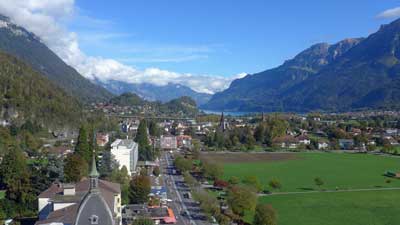
The other key thing to know is that the town of Interlaken is really not all that interesting and you’ll have a much better time if you stay in one of the small villages in the Lauterbrunnen Valley. On the other hand, the city of Lucerne is gorgeous and it’s worth half a day by itself if you’ve got the time.
Main differences between Interlaken and Lucerne
Interlaken and Lucerne are two extremely popular destinations and bases for tourism in Switzerland, and both are located near photogenic lakes at the base of clusters of Alpine mountains, but aside from that they are almost completely different. In a way that is a great thing because you’ll definitely WANT to visit both of them and if they were almost identical it would take some of the fun out of it.
Interlaken, in short
Interlaken (which is locally pronounced inter-LOCK-in) has a population of about 5,600 and it is surprisingly spread out for a famous European town. There are two main train stations, Interlaken West and Interlaken Ost (east), that are about 2 KMs (1 mile) apart at each end of the central part of town, and it’s a pleasant walk between them. All trains stop in both stations and if you stay in Interlaken your hotel will give you a card good for free transit between the stations.
The town itself is nice looking, but honestly it’s kind of cheesy and filled with souvenir shops that will remind you of an area just outside, or possibly even inside, of a theme park. It’s very pleasant and there are plenty of restaurants as well as full-sized supermarkets next to each of the train stations, but honestly it’s kind of a dud.
By far the best thing about Interlaken is that is the transit hub for one of the most beautiful areas on earth, the Lauterbrunnen Valley, and there are many places to stay there. I cover that in detail in an article about where to stay in the Interlaken and Lauterbrunnen areas.
Lucerne, in short
The city of Lucerne with a population of over 80,000 is obviously MUCH larger, but the central tourist area is actually about the same size as the one in Interlaken. The main train station is at the edge of Lake Lucerne itself and from there it’s a short walk to a bridge over the connected Reuss River that leads to the heart of the tourist district. The most prominent feature of this area is the famous Chapel Bridge, which also spans the Reuss, and if I’ve done this right there is a photo of that bridge just above or below this.
Even though the areas are similar in size, Lucerne is much more dense and city-like. The small streets running behind the lake and riverfront hotels have a few souvenir shops, but it’s mostly an upscale shopping mall that feels like Paris or Milan. In other words, Lucerne feels like a playground for the rich while Interlaken feels like Disneyland.
Out of the two, Lucerne is far more photogenic of a city itself, but the nearby sights aren’t really as impressive. The mountain peaks that are a short train or boat or cable car ride from Lucerne are all really nice, but the ones in the Lauterbrunnen Valley near Interlaken are among the most beautiful places on the planet.
How long to spend in each town?
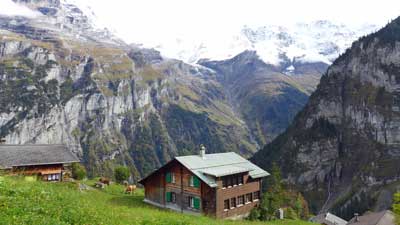
I get a lot of questions about Switzerland and to help answer many of them at once, here is a little guide to how long I’d recommend you spend in each place.
- 1 or 2 nights: Interlaken only
- 3 or 4 nights: Interlaken for 2 or 3 nights and 1 or 2 nights in Lucerne
- 5 or 6 nights: Interlaken for 3 nights and 2 nights in Lucerne with another optional stop
- 7 or more nights: Interlaken for 3 or 4 nights, Lucerne for 2 or 3 nights, and hopefully somewhere else as well. Bern is the most interesting of the larger Swiss cities and you can enjoy a visit there in a day.
Top things to do in Interlaken
You can find many longer articles on the best things to do in various Swiss areas, and I have a longer version of it in my article about where to go in Switzerland, but here are the main highlights to consider when deciding how long to stay.
Explore the Lauterbrunnen Valley
When you arrive in Interlaken you’ll be at the opening to the magnificent Lauterbrunnen Valley, which many people think is the most beautiful place in Europe. The first thing you’ll do is take the special train from the Interlaken Ost train station to Lauterbrunnen, which is the gateway to the Lauterbrunnen Valley itself.
I discuss all of the main villages in the Lauterbrunnen Valley in my article about where to stay in Interlaken or Lauterbrunnen, so that’s a good place to start because you’ll want to choose one of those villages for your hotel. There are photos of all of the villages on that article as well, including one showing the famous waterfall that is just near the Lauterbrunnen train station itself.
Take the train to Jungfraujoch
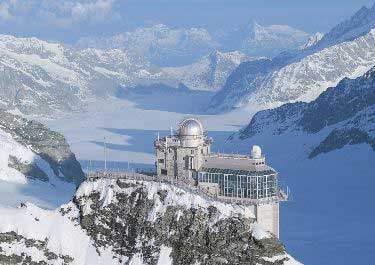
It’s a gorgeous viewpoint in a saddle-shaped area stretching between peaks, and it’s been featured in several movies. This is the single most expensive mountaintop experience in Switzerland, and many people say it’s the best. The Swiss Travel Pass only covers half of the cost, but that still makes it a bargain and you’ll want to get the Half Fare Card even if you don’t get the Swiss Travel Pass anyway.
Take the cable car to the top of Schilthorn
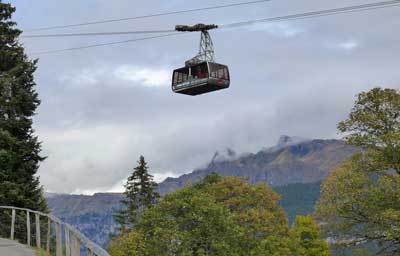
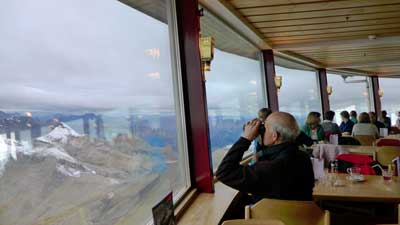
Top things to do in Lucerne
Again, if you visit both towns you’ll almost certainly agree that the Interlaken area has bigger and more dramatic sights, so if you only have time to visit one it should be Interlaken. But if you DO have time for both here are the main things to plan on depending on how much time you have available.
Take a Lucerne Lake cruise and combine with a peak experience
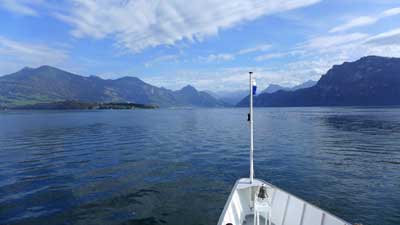
There are also a variety of longer boat rides that stop at the small villages along the banks. With those you can get off in one of the villages and get back on a later cruise going in the same direction. One of these can get you to Mt Rigi, which is one of the famous peaks in the area and is discussed more below.
Stroll around town and see the lion statue
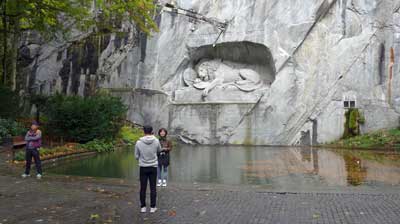
After a relatively short walk out of the shopping streets you cross a larger road and soon you’ll be at the famous statue of a dying lion. It’s larger than you might expect and it’s definitely worth a look because it’s a nice walk there anyway and it’s out in the open so it’s free any time of day or night.
Visit the top of Mount Rigi
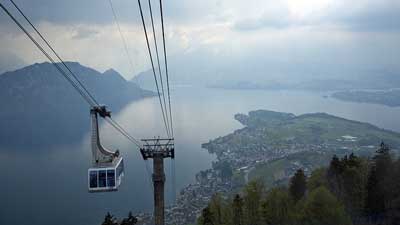
You can either go down the same way, or walk part of the way down on a busy path to Rigi Kaltbad, and there you can hop in a cable car to take you down to the village of Weggis, which is another stop on the Lucerne cruise boats. This whole thing including the boat ride is usually fully covered by the Swiss Travel Pass, so it’s another reason to consider getting one.
Visit the top of Mount Pilatus
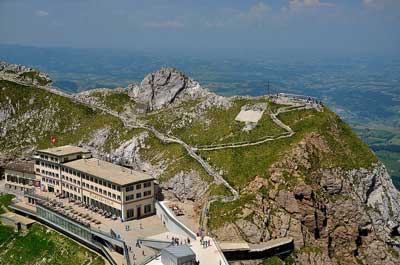
There’s also a cogwheel train AND a cable car that both go to the top, but they leave from different parts of town so it can also be nice to go up one way and down the other. You’ll either take a boat or a bus to the station to go up, and the cogwheel train doesn’t run in winter at all. This being Switzerland, everything is very efficient and the signs will all be in English as well as German.
Visit the top of Mt Titlis
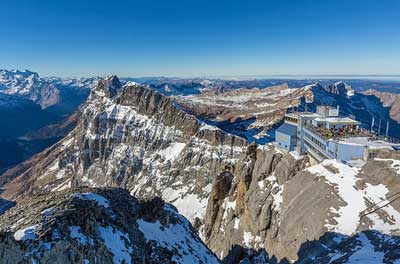
Getting a train to Engelberg is fast and easy from the Lucerne station and once there you take a gondola-style cable car up most of the mountain, and near the top you switch to the world’s first revolving cable car for the final five minutes of the trip. It’s a spectacular way to see the most scenic part of the journey as each passenger will get a full 360-degree view of the area on the way up.

